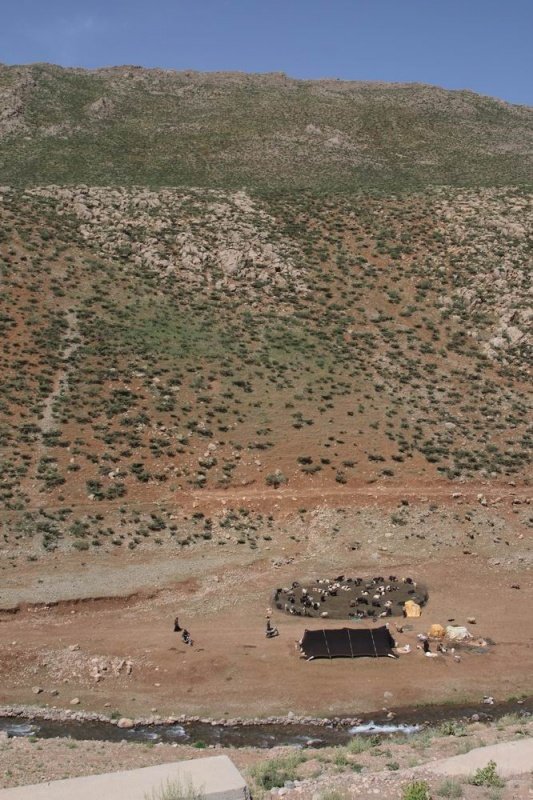|
|
Life In Iran
|
Attempts at Arabization thus never succeeded in Iran, and movements such as the Shu'ubiyya became catalysts for Iranians to regain their independence in their relations with the Arab invaders. Other notable major revolts, some by Iranian Muslims and others by practitioners of old Iranian religions against Arab rule were led by Al-Muqanna, Sunpadh, Khurramites, Babak Khorramdin, Maziar, Mardavij, Ustadh Sis and Ya'qub-i Laith Saffari.
The cultural revival of the post-Abbasid period led to a resurfacing of Iranian national identity. The resulting cultural movement reached its peak during the 9th and 10th centuries. The most notable effect of the movement was the continuation of the Persian language, the official language of Iran to the present day. Ferdowsi, Iran's greatest epic poet, is regarded today as the most important figure in maintaining the Persian language. After an interval of silence Iran re-emerged as a separate, different and distinctive element within Islam.
In 1218, the eastern Khwarazmid provinces of Transoxiana and Khorasan suffered a devastating invasion by Genghis Khan. During this period more than half of Iran's population was killed, turning the streets of Persian cities such as Nishapur into "rivers of blood", as the severed heads of men, women, and children were "neatly stacked into carefully constructed pyramids around which the carcasses of the city's dogs and cats were placed".
According to Steven R. Ward, "Overall, the Mongol violence and depredations killed up to three-fourths of the population of the Iranian plateau, possibly 10 to 15 million people. Some historians have estimated that Iran's population did not again reach its pre-Mongol levels until the mid-20th century." In a letter to King Louis IX of France, Holaku, one of the Genghis Khan's grandsons, took sole responsibility for 200,000 deaths in his raids of Iran and the Caliphate. He was followed by yet another conqueror, Tamerlane, who established his capital in Samarkand. The waves of devastation prevented many cities such as Nishapur from reaching their pre-invasion population levels until the 20th century, eight centuries later.
|
|









